The likelihood of a customer making a second purchase is close to 30%. However, that number jumps to over 50% when it comes to the likelihood of making a third. So far, so simple – driving repeat purchase is important, and so is understanding customer experience throughout the customer journey.
We also know that a customer who joins a loyalty program is 47% more likely to make that all important second purchase than a customer who doesn’t. So how do you secure customer loyalty from the get-go, and keep encouraging it as your shoppers move through the customer life cycle? In this blog, we will look at:
- Understanding the customer experience throughout the customer journey: the loyalty life cycle
- Turning one-time shoppers into repeat customers
- Turning repeat customers into loyal customers
- Re-engaging at-risk customers
- Turning loyal customers into advocates
Understanding the customer experience throughout the customer journey: the loyalty life cycle
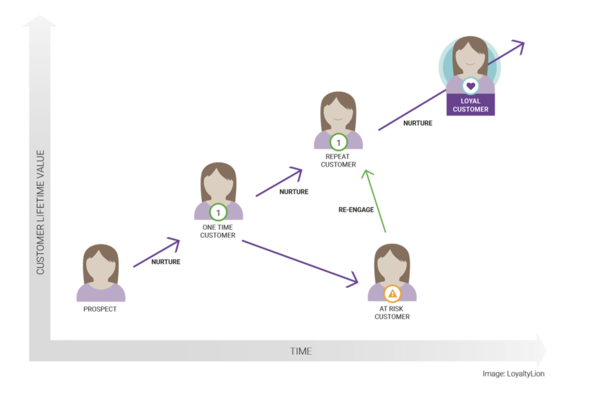
Turning one-time shoppers into repeat customers
Post-purchase engagement should begin as soon as a transaction is complete, but ask yourself these questions:
- Are you waving shoppers goodbye after their first purchase?
- Is it worth a customer’s while to make a second purchase?
- Have your customers earned points they’re not even aware of?
Let’s tackle these questions one at a time. Firstly, are you waving your shoppers goodbye after their first purchase? If you aren’t trying to convert guest checkouts into members, then the answer is most likely yes. Awarding points or rewards for account creation is just one way of encouraging shoppers to sign up to your program.
However, even members won’t make that second purchase if it’s not worth their while. Customers who redeem loyalty rewards spend twice as much as those that don’t. Make it as easy as possible for your newer shoppers, by making rewards available after the first purchase. This will make customers more likely to return and repeat purchase than if they have to wait to build up points and rewards.
Your customers need to be aware that rewards are there for the taking. Don’t assume that they’ll remember the points you awarded for their first purchase. Instead, engage them with personalized reward reminder emails. After all, loyalty emails have an average clickthrough rate of 35%, making customers feel valued because they are based on their engagement with your brand.
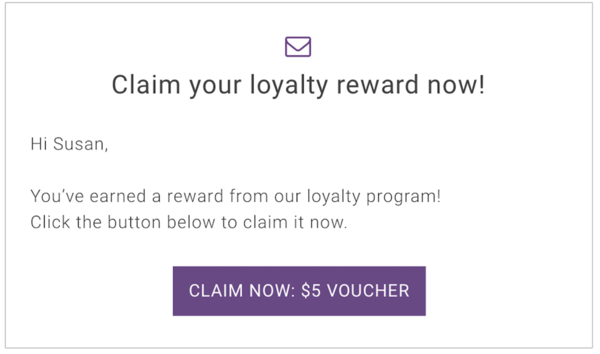
Turning repeat customers into loyal customers
Now that we’ve encouraged our one-time shoppers to come back and repeat purchase, it’s time for a bit more soul-searching. When it comes to increasing average order values and purchase frequency:
- Are you giving your customers good reasons to choose you over someone else?
- Are you making the most of every opportunity to engage?
- Is your loyalty program working across every part of your business?
Members of loyalty programs generate between 12 and 18% more incremental revenue growth per year than non-members. But that won’t be the case if you let your loyal customers get distracted by other brands. Give them regular reasons to come back and shop with you – for example, a double-point week just for members.
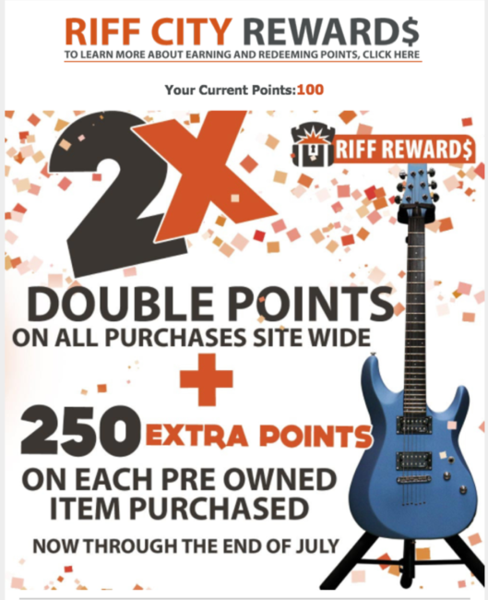
Let your loyal customers know you’re thinking about them even when they’re not shopping with you. Take every opportunity to engage, whether you are sending birthday rewards, or offering points and rewards to thank people for signing up to your newsletter and sharing their love for you on social media.
That said, be aware that even loyal customers might have moments when they fall slightly out of love with your brand. Where can you use your loyalty program to drive customer satisfaction across your business? For example, empowering your customer service team to award additional points to customers who have negative experiences such as late or damaged deliveries.
Re-engaging at-risk customers
In an ideal world, customer relationships would last forever. However, the honeymoon period can always come to an end too soon. We define ‘at risk’ customers as those who have not purchased within an expected timeframe (which will vary depending on your industry). If that sounds like a few people you know, then ask yourself this:
- Have your customers forgotten that you’re there?
- Is there an incentive for customers to re-engage?
- What are you giving your customers that they can’t get anywhere else?
We’ve all been there – things started off strong and you were talking all the time. Somewhere along the way it cooled off and before long you’re too busy to keep in touch. Don’t be afraid to make the first move. Loyalty emails perform 14 times better than the average marketing emails. Use them to re-engage and incentivize customers, reminding them that you’re ready and waiting to welcome them back.
That said, sometimes actions speak louder than words. Remind your at risk customers that you’re different to other retailers by crediting them with points and rewards they’re not expecting. We recommend crediting inactive or at risk customers with enough points that they can immediately earn a new reward.
If you really want to stand out to your at risk customers, then make them feel like VIPs and move them up a tier. Not only will you surprise and delight them, but they’ll be encouraged to engage with your business thanks to the additional perks they don’t get elsewhere. Whether it’s priority customer service, early access to new products or access to exclusive promotional offers, they’ll soon be at home rather than at risk.
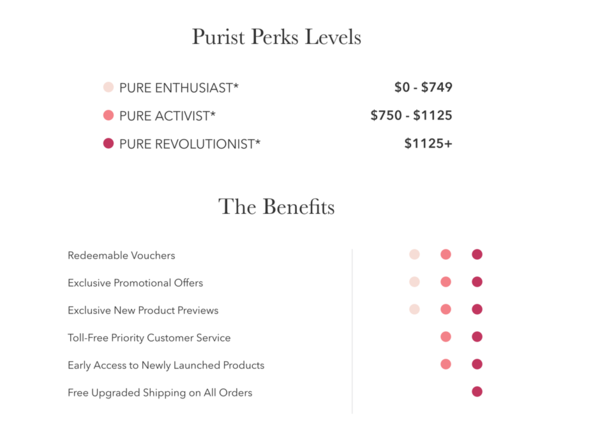
Turning loyal customers into advocates
People are four times more likely to buy when they are referred by a friend. This makes your loyal customers once of your most powerful and cost-effective acquisition tools. So our final questions for you are:
- Do you know when your customers are talking about you?
- Are you saying thank you when they do?
Your loyal customers are the most likely to act as brand advocates and talk about you to their friends. Use social media monitoring to ensure you’re aware of and acknowledging all positive mentions of your brand. Providing personalized links that customers can use to make referrals will also help you identify your biggest fans.
But one good turn deserves another so be sure to recognize and reward those who refer your brand to others or talk positively about you. Awarding points to those who write reviews of your products will also encourage more of your loyal customers to behave as brand advocates.
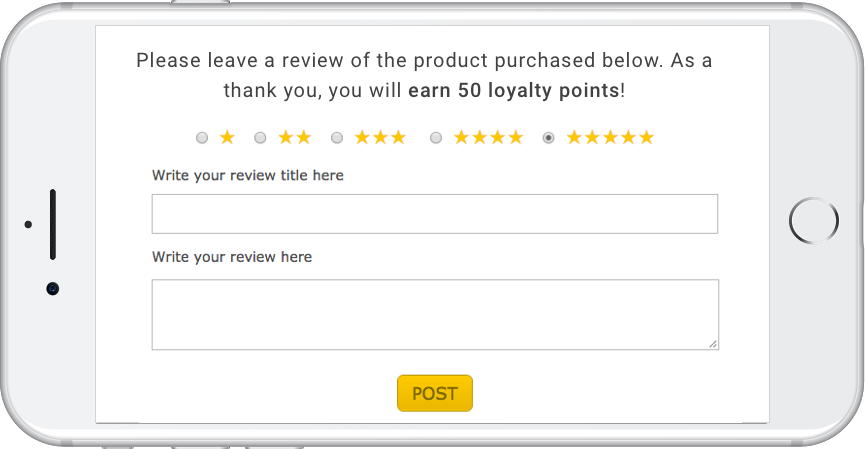
Thanks for joining us in understanding the customer experience throughout the customer journey! If any of these questions have led to more questions of your own, then please don’t hesitate to get in touch. If you’d like to understand how you can use LoyaltyLion to action any of these tips, book a demo with one of our team.




